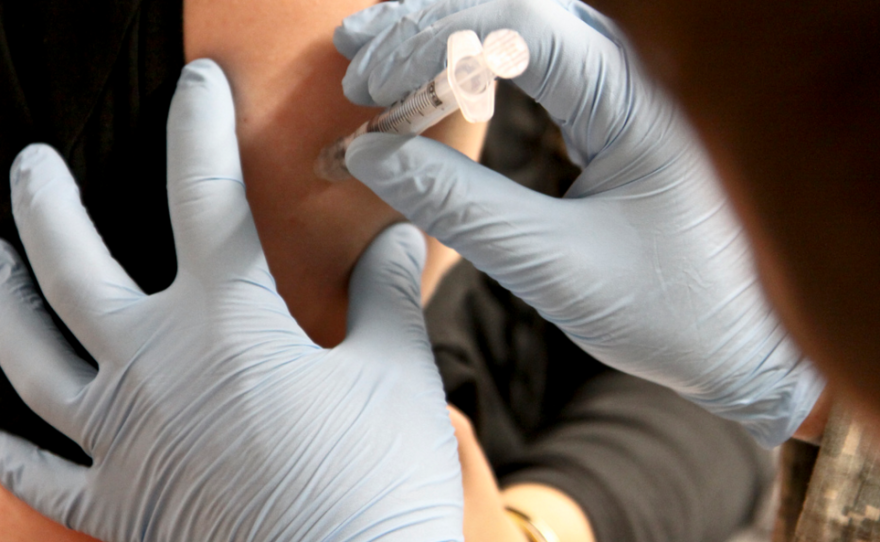The number of flu cases in San Diego County so far this year is up almost 64 percent compared with the same period last year, prompting county health officials to urge San Diegans to get vaccinated before the worst of the flu season arrives.
According to a report released today by the Health and Human Services Agency, there were 291 lab-confirmed cases of influenza through Dec. 10 this year, and 178 cases last year.
"The flu is very unpredictable but we are seeing a larger number of cases being reported this year," said Dr. Wilma Wooten, the county's public health officer. "The best way to avoid getting sick is to get a flu shot."
For the week ending Dec. 10, the Health and Human Services Agency Influenza Watch report showed that hospital emergency room visits for influenza- like illness accounted for 2 percent of all visits. That was down 1 percent from the previous week.
There were 61 lab-confirmed influenza cases for the week, up from 40 the previous week, according to the report. There has been only one flu-related death in the county so far, compared to two during the same period last year.
The Centers for Disease Control and Prevention recommends that everyone 6 months and older get a flu shot every year. The vaccine is safe and effective and it takes two weeks for immunity to develop, according to the CDC.
Vaccination is especially important for people who are at high risk of developing serious complications from influenza including people with chronic medical conditions like asthma, diabetes and lung disease, even if the symptoms are under control; pregnant women; people 65 years and older; and people who live with or care for others who are at higher risk, according to the CDC.
Health officials say people can decrease their risk of getting sick by following guidelines including washing hands thoroughly and often; using hand sanitizers; staying away from sick people; avoiding touching their eyes, nose, and mouth; and cleaning commonly touched surfaces.





